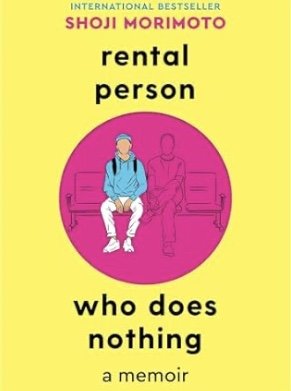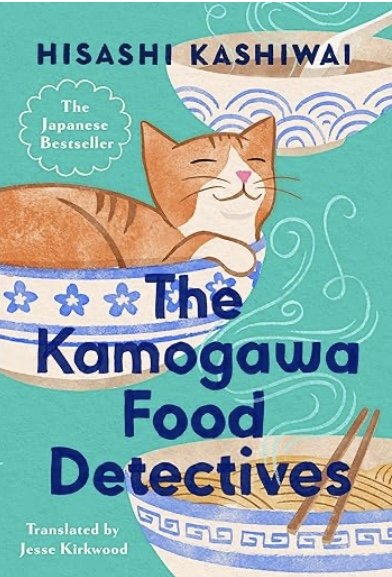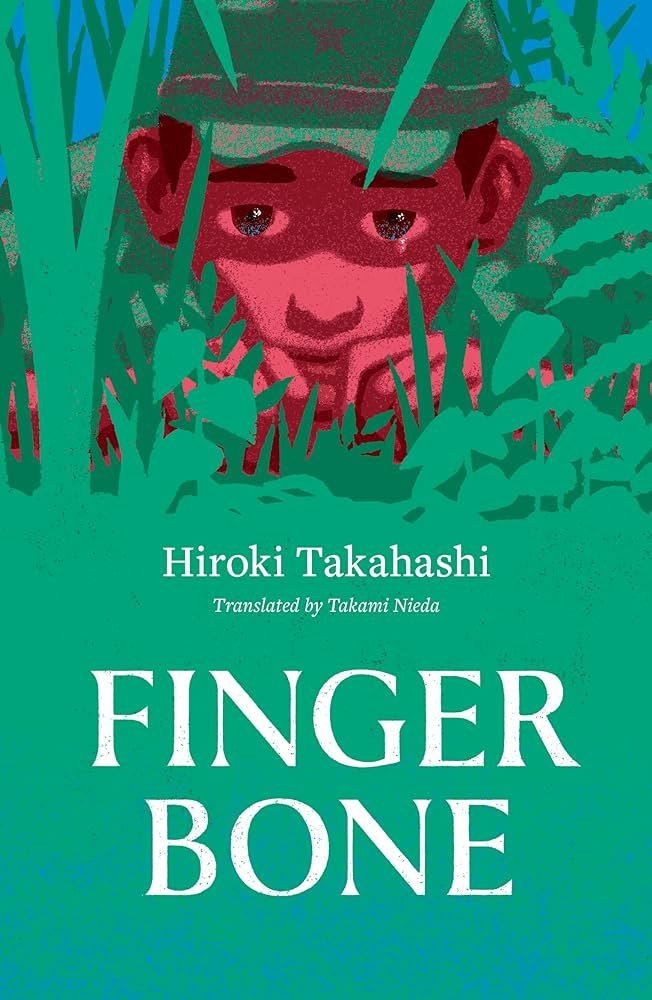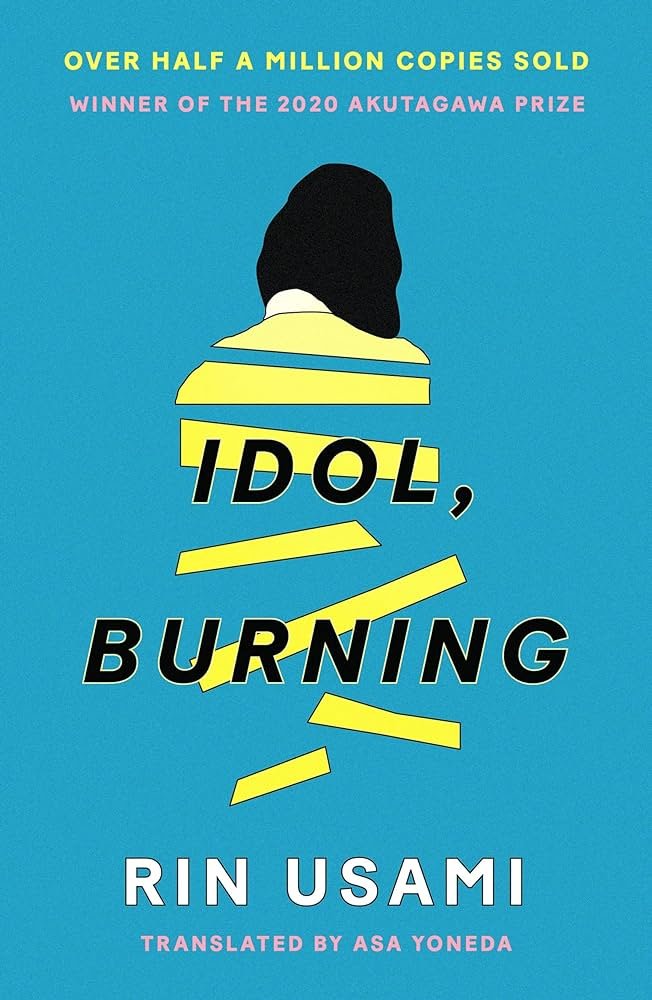Doraemon : Gadget Cat from the Future (Selection 6) by Fujiko F. Fujio (Shogakukan)
If you love Japanese anime or have lived in Japan, then you would be familiar with the blue robot cat named Doraemon and you would know the robot cat’s most famous gadget is its dokodemo door or “4 D (fourth dimension) pocket”. The manga was first serialized in 1969. The chapters were then collected in forty-five tankobon volumes, tankobon being a Japanese word now used in English to refer to cartoons collected in one volume from the weekly and monthly manga magazines.
The manga was adapted into an anime three times. The first time in 1973, then again in 1979, and finally in 2005. There are over forty anime films as well including two computer generated full-length features as well. The merchandise spawned from the manga and anime series is still a multi-billion industry that continues to appeal to children and adults alike.
I did not realize at first that Doraemon : Gadget Cat from the Future was part of a series published by Shogakukan English Comics. I would have started with the first volume but as these stories are not collected in chronological order, it doesn’t matter which volume to start with. Also available in English are ten volumes of the story originally published by Tento Mushi books which includes the Japanese text outside the picture frames. The Tento Mushi series follows the same order as the Japanese manga.
There’s a bit of history concerning Doraemon as well. As mentioned, Doraemon is a robot gadget cat from the future and was born on September 3, 2112. Hard core Doraemon fans will know that the blue robot cat was originally yellow and also had ears even though the backstory was written long after the manga debuted.
In the storyline as Doraemon was napping, a mouse nibbled off his ears. When Doraemon saw himself in the mirror, he turned blue from the shock. As to why Doraemon travels back in time from the future? It was to help Nobita, a ten-year-old Japanese school boy who at heart is a good boy but is very lazy, gets bad grades at school and is terrible at sports. His future grandchild, Sewashi Nobi, sends the cat to take care of Nobita so future generations will have a better life.
Surrounding Nobita are his classmates Shizuka, the main female character and also the love interest of Nobita. Gian, a big bully who often steals toys or other items from Nobita and his friends. He often gets his own comeuppance for his actions though. Then there is Suneo, a spoiled rich boy who likes to show off how rich he and his family are.
In this collection of Doraemon stories, Nobita is once again bullied by Gian who steals his ice cream cone, gives it a lick, then says Nobita can have it back. But as it was licked by Gian, Nobita doesn’t want it. He cries to Doraemon to do something about it.
In another episode, Suneo brags that his family is going to ride on a steam locomotive. When Nobita finds a ticket for the Milky Way Express that Doraemon drops. Nobita invites his friends who at first don’t believe him, but they all get into a little trouble when they discover there is no way to get back home.
There are a total of fifteen stories in this collection and its main aim is to help Japanese learners of English by providing them with a one point English lesson. Doraemon remains as popular today as it was after its debut and there is even a Fuji F. Fujio museum in Kawasaki where you can see Doraemon’s development along with other works by the manga artist. ~Ernie Hoyt



















